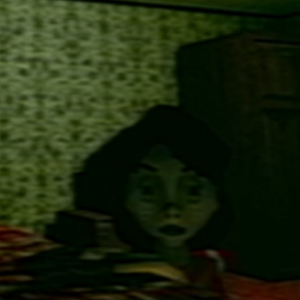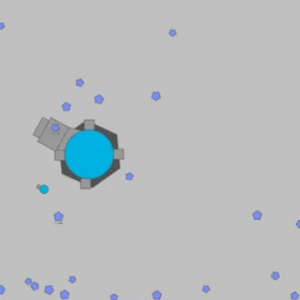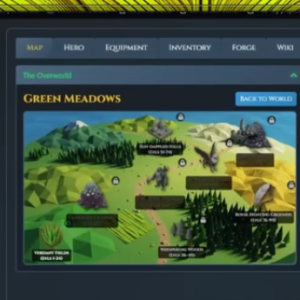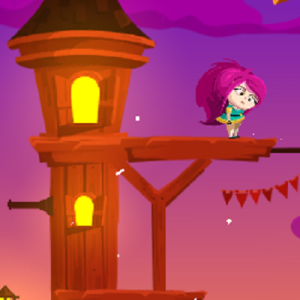Similiar games
Sprunki Wenda’s Revenge is a rhythm-focused game set in the Sprunki universe, centered around the character Wenda. The player enters a sequence of music stages that increase in complexity as the session continues. Unlike traditional rhythm games with static maps, this title modifies patterns based on progress. Wenda serves as the central figure in the story and as the emotional source of the game’s pacing. The player is not given full control over stage selection, and each transition is tied to performance and timing.
Interactive Features and Flow
Gameplay takes place across multiple connected tracks. Each track has different rhythm structures and visual overlays. Some transitions occur without warning, requiring the player to adjust in real time. Visual prompts are synchronized with audio, but certain sections intentionally shift away from expected beats. This design removes predictability and encourages active listening. The result is a dynamic interaction between player input and background conditions.
Key Gameplay Elements
Sprunki Wenda’s Revenge includes the following mechanics:
- Rhythm input that adapts to player timing
- Changing backgrounds and UI based on performance
- Branching paths that open depending on prior stages
- Disruption effects such as visual inversion or tempo shift
- Limited retry options, requiring accuracy in long runs
These features are designed to maintain variation across playthroughs and reinforce Wenda’s changing state.
Presentation and Pacing
The visuals follow a linear style in early segments but begin to distort as the story develops. Audio design uses looped samples mixed with real-time changes in rhythm. Some sections feature overlapping inputs that reflect Wenda’s emotional instability. Player progress is saved between checkpoints, but score resets if a stage is failed. The game does not feature voiced lines or text-based storytelling. All narrative expression is conveyed through rhythm, tempo, and transitions between sequences.
Community and Mod Usage
Sprunki Wenda’s Revenge has become a subject of interest for players who follow the Sprunki mod scene. Custom variations and extended stages have been shared by users creating alternate routes or visual styles. The base version remains short in length but supports multiple replays due to changing beat maps. Some fans interpret the game as a continuation of previous Wenda-themed content, while others treat it as a standalone experiment in musical input systems. Its design has been referenced in discussions about abstract rhythm mechanics and emotional pacing.




















